I was talking with my friend Susan last weekend, concerning the coronavirus, social distancing, isolation. It was a fairly somber catch-up between friends whose history began when we were in 1st grade. She and I wondered what we would have done, as children, had we been ordered to socially distance? What if I had been forced by a global pandemic to stay home daily with my parents and 4 older siblings? Or Susan, with her parents and “irritating” younger brother? How would we have survived a prolonged period of not going to school, back to back with an approaching summer without our friends?
A Little Backstory:
Several of my best friends, including Susan, lived in town, a very small town where there was an all-boys military school and a soda shop. I grew up on a farm, where we had horses to ride. On many a Saturday, 2 or 3 or 4 of us would head out on horseback, with our school lunch boxes stuffed with snacks. We would ride the hillsides well into the afternoon, crossing creeks and other farms. Our only responsibility: close any gates we opened.
So no matter who went to whose house, there was fun. Adventure. Freedom. From the watchful eyes of parents, from random shootings, freedom from cyber-bullying, and human trafficking. There are so many social ills that children learn to accept and navigate now, that we never knew. The world was not perfect, but we were fairly removed from social traumas, on the streets of our little town, or riding horses over the rolling hills of Bourbon County, Kentucky.
As we grew into our early teens, Susan and I liked to go off by ourselves and read books, often poetry, then talk about how what we read fit our lives. We couldn’t tell other friends about this, because it seemed a little weird. Our favorite poet was Rod McKuen-our balm for so much adolescent angst. We listened to the Beatles and read Rod McKuen. Children of the ’60s.
I wish that we would have had the forethought to write down all the books we read, from childhood ‘til now. I hadn’t thought about Rod McKuen for years; I googled some poems and was taken back to those melancholy years, long conversations with my friend, savoring how we turned to poetry and music during times of trouble. It wasn’t a bad coping method. I am not wrong. Let it be.
So here is a challenge (I know, you need another one, right?) for teachers and/or parents and/or anyone who would like to promote literacy, and to help students see the value in reading, and thinking about reading: encourage your students to keep a Reading Journal.
Framework for a simple Reading Journal
1. Help the student make a list of books they would like to read. Go on Amazon and search books by reading level and write down titles and authors of interest. Or go to the public library if it’s open, and browse. Many libraries now use a service such as Overdrive, if he or she prefers accessible formats.
2. Ask the student to write down their reading goals. For instance, maybe she would like to learn all she can about NASA and the history of the civilian space program. Or he’d like to read books written by Louis Sachar because he loved the Wayside School stories. Perhaps the goal is competitive: to read more books than brother or sister. They could note the begin and end dates, to add to their sense of accomplishment. There is no wrong or right here. They could even skip the goals and just keep a reading log. Someone might need to help the little ones do the actual reading and writing, but what a great habit to start!
3. After each book is completed, have the student write their impressions. This might be a paragraph or a page or several. If a little one tells you about a book that you’ve read to or with them, be sure to record it in their journal, verbatim. Did they like the book? Why or why not? Which character was their favorite? Some might rather just rate the books with 1 to 5 stars. Then, try to help them articulate their reasoning for the number of stars.
4. The Reading journal belongs to the one reading the books, and they might personalize it with drawings or pictures or collages. I looked at some journals that had been indexed, and many are quite artistic and elaborate. Start simply and the creativity will make its way, the journal will evolve. One who struggles with reading and writing might flourish with audiobooks or text-to-speech, and a nice set of colored pencils.
Keeping a Reading Journal would provide a natural path to the practice of writing and reflecting, and building retention of what is read. It would be a wonderful personal history, a tremendous treasure. A perfect method for Continued Learning.
And now, a few words by a poet from my past to sum up the present:
“You have to make the good times yourself
take the little times and make them into big times
and save the times that are all right
for the ones that aren’t so good.”
-Rod McKuen, Listen to the Warm
Thanks so much!
 Surging upward into the warmth, the green perennial shoots are shoving aside the gray of Indiana March. It’s also the day that the silver maple trees are a shimmery yellow green color as they develop their helicopter-like seed pods and tiny leaves. In just a week, they’ll shift to their summer darker green color, but for now they are luminescent chartreuse, especially spectacular when viewed at a distance–lanterns of the woods against a blue stormcloud background.
Surging upward into the warmth, the green perennial shoots are shoving aside the gray of Indiana March. It’s also the day that the silver maple trees are a shimmery yellow green color as they develop their helicopter-like seed pods and tiny leaves. In just a week, they’ll shift to their summer darker green color, but for now they are luminescent chartreuse, especially spectacular when viewed at a distance–lanterns of the woods against a blue stormcloud background. 
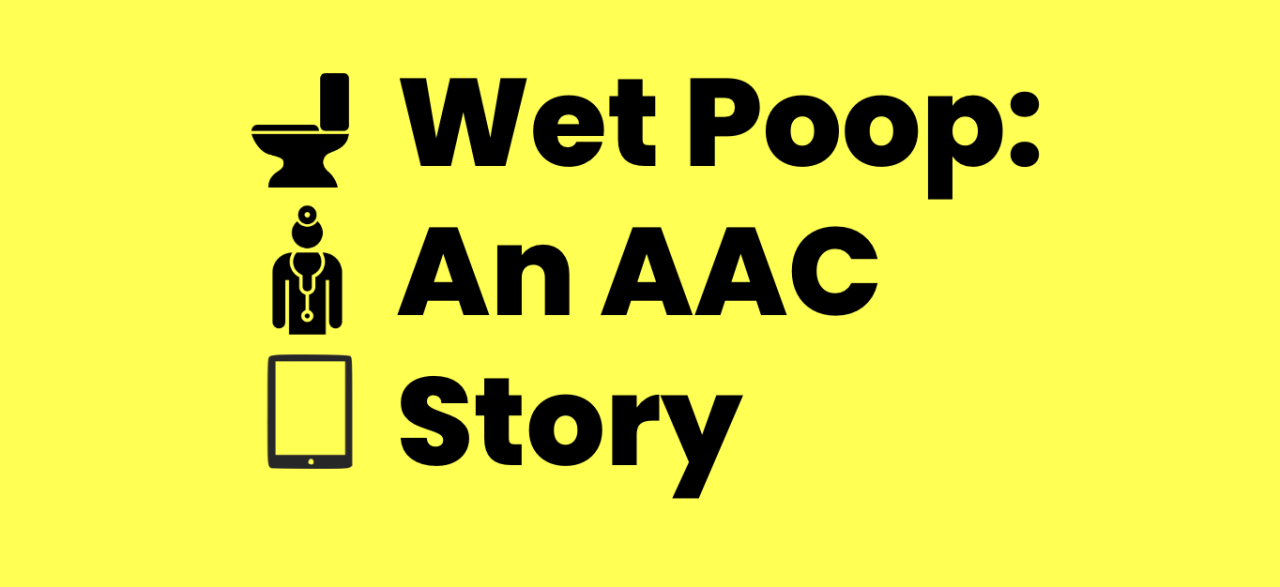
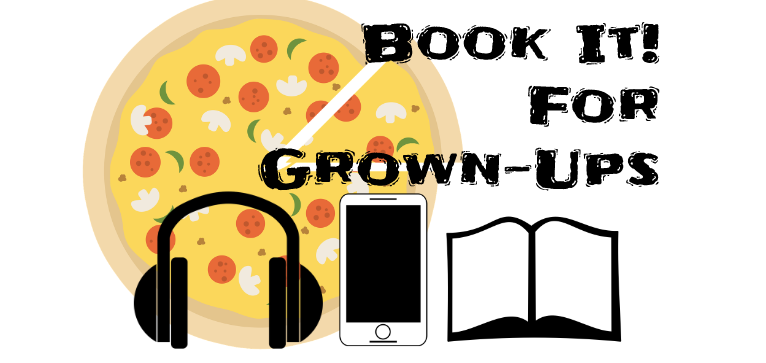
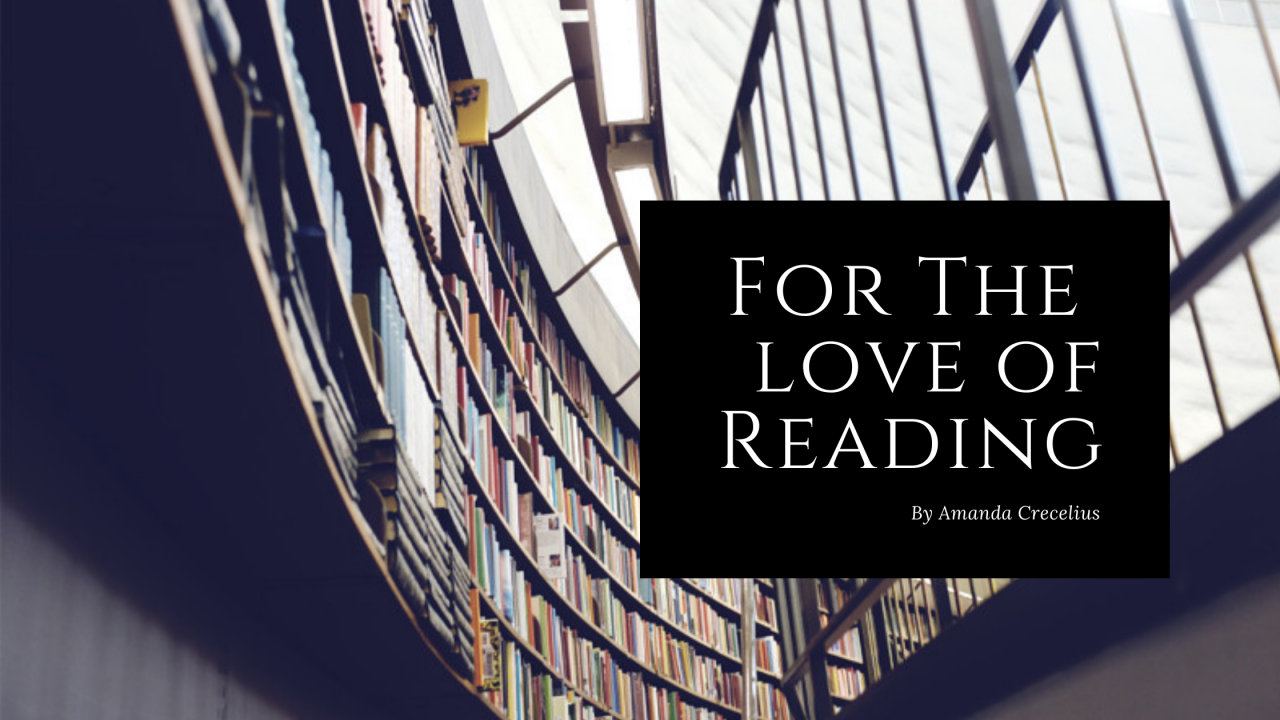
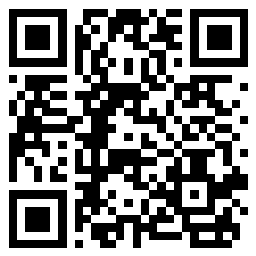
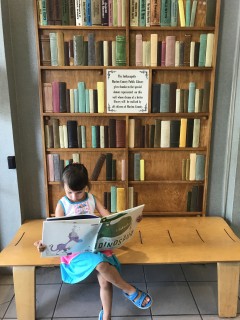 awareness, vocabulary building, and comprehension. These strategies build the ability to read but do not necessarily create a love of reading. A love of reading is held in examples of others reading with their eyes and ears, of others sharing their reading experiences, of connecting stories and information to student’s interests, and allowing them to choose from and float around in the sea of reading options in the different formats including read-to-me, audio, parent/teacher/peer read alouds, ebooks, captions on videos, and physical books in large, small, and braille print.
awareness, vocabulary building, and comprehension. These strategies build the ability to read but do not necessarily create a love of reading. A love of reading is held in examples of others reading with their eyes and ears, of others sharing their reading experiences, of connecting stories and information to student’s interests, and allowing them to choose from and float around in the sea of reading options in the different formats including read-to-me, audio, parent/teacher/peer read alouds, ebooks, captions on videos, and physical books in large, small, and braille print.